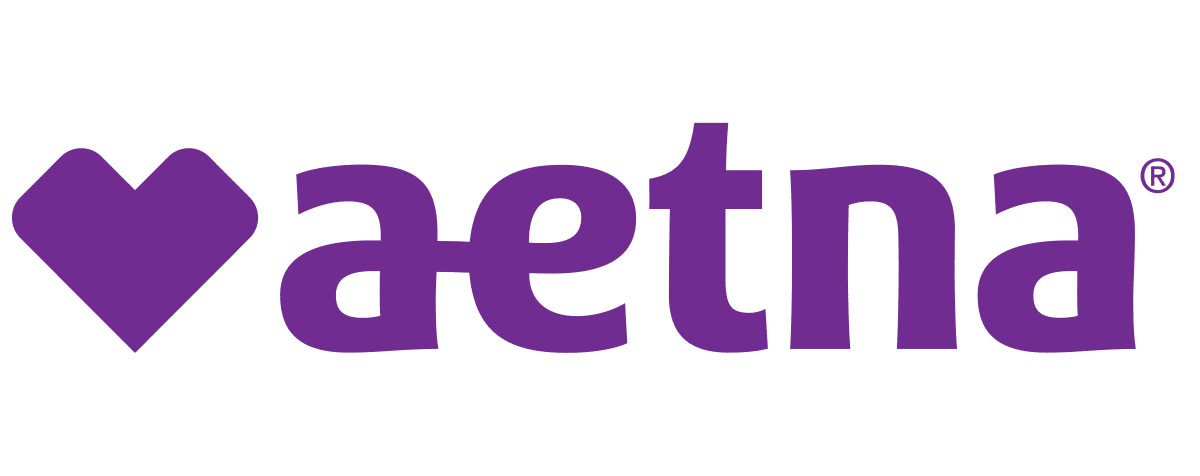If you’re in the market for dental insurance, you’re likely to come across two popular types of coverage — a prepaid dental plan (also known as a DMO – Dental Maintenance Organization plan) and a dental PPO (Preferred Provider Organization). And if you aren’t exactly sure what either is, rest assured you’re not alone. Dental coverage, like many other types of insurance, has its own lingo and it’s not always very clear to understand. The good news is that we’ll break down these two popular dental insurance options into bite size chunks, so you can choose the best dental coverage for yourself or your family.
What is prepaid dental insurance?
With a prepaid dental plan, your insurance provider pays the contracted dentists in its network a fixed amount of every policyholder’s monthly premium. Whether or not you use your dental insurance, the dentist still receives this payment every month.
Despite this, however, dentists participating in prepaid dental plans are paid less by the insurance provider than they might otherwise because they have agreed to provide dental services at a negotiated rate. The benefit to the dentist is that they have access to potentially more patients. When you do visit the dentist, diagnostic and preventative services like oral evaluations, routine dental cleanings and x-rays, are typically covered at 100% by your prepaid dental insurance.
Do I have to pay for dental services on a prepaid dental plan?
In spite of being called a prepaid dental plan, yes, you are responsible for certain dental procedures. For example, if you have dental work done such as a filling, extraction or root canal — or any other basic or major dental service — you are only responsible for paying the dentist a predetermined low flat fee, known as your copayment, not the entire bill.
Additionally, prepaid dental plans don’t have deductibles or waiting periods. This means there is no set dollar amount you must spend before you can take advantage of your copayments, and your dental coverage is effective immediately. Plus, prepaid dental plans don’t have an annual maximum. You will always receive a reduced fee for your dental care no matter how often you visit an in-network dentist.
It’s important to note that if you go to an out-of-network dentist on a prepaid dental plan, you will be responsible for 100% of your dental fees. Additionally, if you need to see a specialist such as an orthodontist or periodontist, you need to be referred by your primary care dentist first.
What is a dental PPO?
A dental preferred provider organization, dental PPO or DPPO is another popular dental insurance option. With a dental PPO, you can expect to pay a higher monthly premium than you would with a prepaid dental plan. However, there are upsides. For starters, you don’t need a referral to visit a specialist, you may have access to a larger network of dentists, and you can see any dentist you want. Even if you visit an out-of-network dentist, your dental insurance company will still pay a portion of the expenses. You will, however, save the most if you see a dentist who is in your plan’s network.
With a dental PPO, the amount you owe after a dental visit is known as coinsurance. Most dental PPO plans cover 100% of preventative and diagnostic dental services, 80% of basic dental services and 50% of major dental services. You would be responsible for 20% of the cost of basic dental services and 50% of the cost of major dental services.
Unlike a prepaid dental plan, dental PPO plans have a deductible that must be satisfied before your coinsurance kicks in, as well as an annual maximum spending limit, usually $1200-$1500 a year. After you exceed your spending limit, you must pay out of pocket for your dental care.
Another potential downside of PPO insurance is the waiting period that most plans impose for new members. Typically, you’ll need to wait 6-12 months before coverage kicks in for more expensive treatments such as root canals and crowns. Some insurance providers will waive the waiting period if you can provide proof of continual dental coverage before you switched plans.
Which dental plan is the best?
The dental plan that’s right for you depends on your particular needs. Dental plans aren’t one-size-fits-all. Take some time to identify what is most important to you. If you appreciate the flexibility of being able to see any dentist you want or require specialized dental care, a dental PPO may be best. If you’re looking to keep your costs as low as possible, a prepaid dental plan may be in your best interest.
However, before you decide, take some time to look into a dental savings plan.
What is a dental savings plan?
A dental savings plan, also known as a dental discount plan, incorporates some of the advantages of both a prepaid dental plan and a dental PPO.
With a dental savings plan, you pay a low annual or monthly membership fee and receive discounts between 10% and 60% off the cost of most dental procedures as long as you visit an in-network dentist.
But, with a dental savings plan, there is:
- No waiting period
- No deductible
- No annual maximum
How to choose the best dental insurance plan?
Identify your particular needs, and think about what’s most important to you. Then, do a little more digging into prepaid dental plans, dental PPO plans, and dental savings plan and compare things like monthly premiums, treatments covered, deductibles, waiting periods and annual maximums. If you already have a dentist who you would like to keep seeing, ask what plan they would recommend based on their knowledge of your oral health needs with a just little work, you’ll find a dental policy that makes the most sense for you and if you ever need assistance, give us a call!
Save 15% to 50%* at the Dentist
With an Aetna Dental Savings Plan.

